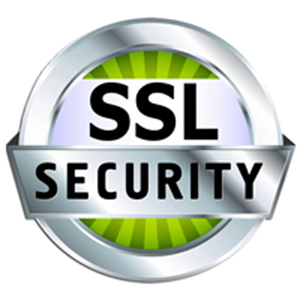 SSL
(Secure Sockets Layer) is a security protocol which enables data encryption between servers, websites,
and web clients. SSL allows sensitive information such as credit card numbers or login credentials to be
transmitted securely over the internet. Normally, data sent over the internet is in plain text, which means
it can be intercepted in transit. If you have a website that requests confidential or personal information,
you will generally want an SSL certificate to protect your site, and your site visitors. SSL
(Secure Sockets Layer) is a security protocol which enables data encryption between servers, websites,
and web clients. SSL allows sensitive information such as credit card numbers or login credentials to be
transmitted securely over the internet. Normally, data sent over the internet is in plain text, which means
it can be intercepted in transit. If you have a website that requests confidential or personal information,
you will generally want an SSL certificate to protect your site, and your site visitors.
Encryption is a mathematical process of coding and decoding information. The number of bits (40-bit, 56-bit,
128-bit, 256-bit) tells you the size of the key. Just like a longer password is more secure than a shorter one,
a larger key has more possible combinations, making it more secure. As a reference point, 128-bit encryption is
one trillion times stronger than 40-bit encryption. The strength of an encrypted connection can depend on multiple
things, such as your web browser, SSL certificate, web server, and client computer operating system.
How do my site visitors know if I am using an SSL?
When your web browser connects to a secured website, it retrieves your site's SSL certificate and checks
multiple items to ensure the SSL is valid and being used on the correct domain. If any of these conditions
are not met, you will see an error. If all these conditions are met, your web browser will show one or more
of these signs:
- The beginning of the URL will change from http:// to https://
- A padlock on the browser URL line will change from open to closed
- On some browsers the address bar will turn green
|
|
